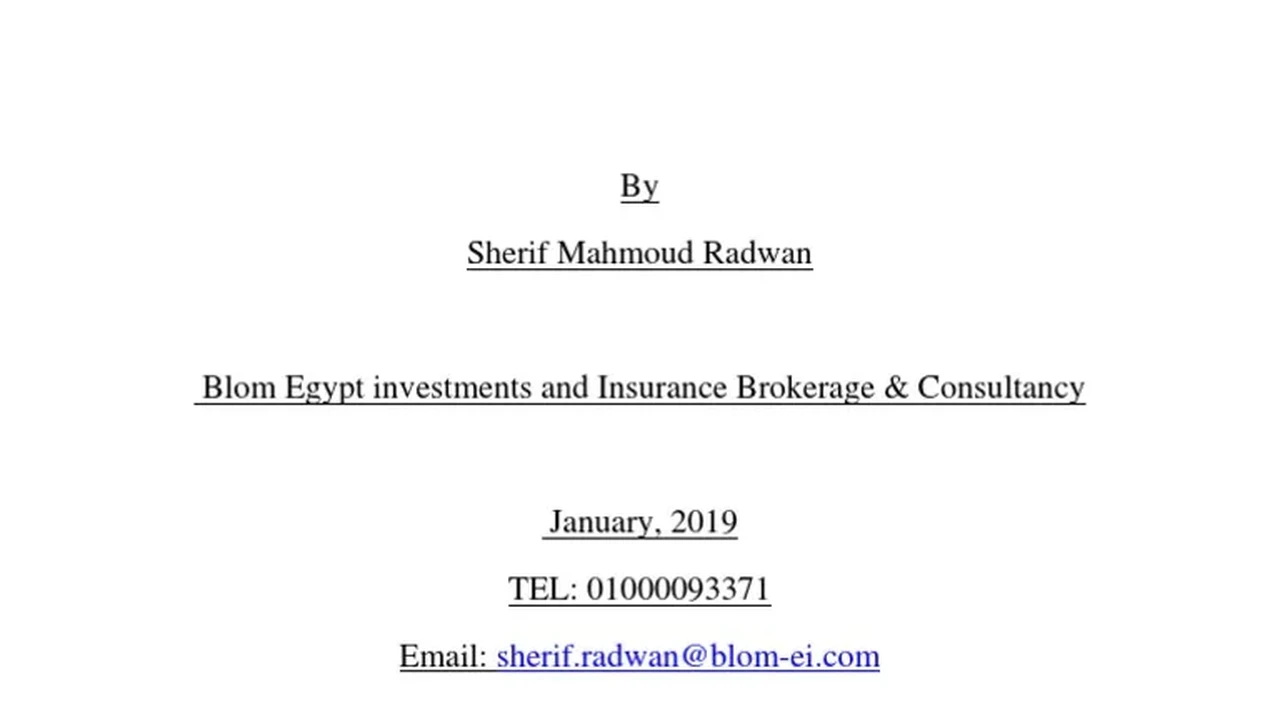The Impact of Technology on Car Insurance Claims

Technology Transforming Car Insurance Claims Processing
Alright, let's dive into how technology is seriously shaking up the car insurance claims game. It's not just about filling out forms anymore, folks. We're talking about a revolution, baby! Think about it: from the moment an accident happens to the final settlement, tech is playing a bigger and bigger role. We're seeing faster processing times, more accurate assessments, and a whole lot less paperwork. It's a win-win for both insurance companies and drivers, right?
Gone are the days of endless phone calls and snail mail. Now, you can file a claim from your smartphone while you're still waiting for the tow truck! We're seeing the rise of mobile apps that guide you through the entire process, step by step. Take pictures of the damage, upload documents, and even communicate with your adjuster, all from the palm of your hand. It's convenience at its finest.
Telematics and Usage Based Insurance Car Insurance Claims
Telematics, or "black box" technology, is a game-changer. These devices, installed in your car (or increasingly embedded in modern vehicles), collect data on your driving habits: speed, acceleration, braking, cornering, and even the time of day you drive. This data is then transmitted to your insurance company, allowing them to assess your risk profile more accurately.
This leads to Usage-Based Insurance (UBI) or Pay-As-You-Drive (PAYD) policies. If you're a safe driver, you could see significant discounts on your premiums. But it also means that if you're a lead-foot with a penchant for late-night joyrides, your rates might reflect that. It's all about rewarding good driving behavior and penalizing risky habits. This affects claims significantly because the data is already available if an accident occurs, making the claims process more transparent and efficient.
Think of companies like Progressive with their Snapshot program or State Farm's Drive Safe & Save. These programs use telematics to monitor driving habits and offer discounts based on performance. For example, if you consistently avoid hard braking and maintain safe speeds, you could save up to 30% on your premiums. However, if the data shows frequent speeding or aggressive driving, your rates might not be as favorable. The beauty of it is that you have control over your rates by controlling your driving habits.
AI Powered Car Insurance Claims Fraud Detection
Insurance fraud is a massive problem, costing companies billions of dollars every year. But AI is stepping up to the plate to fight back. Sophisticated algorithms can analyze claims data, identify patterns, and flag suspicious activity. AI can also analyze images and videos of damage to assess the extent of the damage and identify potential inconsistencies.
For example, AI can detect if a claim is linked to previous fraudulent claims, or if the reported damage doesn't match the circumstances of the accident. It can even analyze social media posts to verify information provided in the claim. This helps insurance companies to quickly identify and investigate fraudulent claims, saving them money and protecting honest policyholders.
Companies like Tractable are leading the way in AI-powered claims assessment. Their technology can analyze photos of vehicle damage and provide an estimate of repair costs in minutes. This speeds up the claims process and reduces the need for human adjusters to physically inspect every vehicle. It's a game-changer for efficiency and accuracy.
The Role of IoT Internet of Things in Car Insurance Claims
The Internet of Things (IoT) is connecting everything, including our cars. From sensors that monitor tire pressure to cameras that record accidents, IoT devices are generating a wealth of data that can be used to improve the claims process. Imagine a world where your car automatically reports an accident to your insurance company, along with detailed information about the impact, speed, and other relevant factors. That's the power of IoT.
For example, some cars are equipped with sensors that can detect when an airbag deploys. This information can be automatically transmitted to the insurance company, triggering the claims process and alerting emergency services. Similarly, dashcams can record accidents and provide valuable evidence to help determine fault. This can speed up the claims process and reduce the likelihood of disputes.
Companies like Netradyne are developing AI-powered dashcams that can detect and analyze driving behavior in real-time. These cameras can identify risky behaviors like distracted driving, speeding, and tailgating, and provide alerts to the driver. They also record video footage of accidents, providing valuable evidence for insurance claims. This technology not only helps to prevent accidents but also streamlines the claims process when accidents do occur.
Drones for Car Insurance Claims Damage Assessment
Drones are becoming increasingly popular for inspecting vehicle damage, especially in cases involving severe accidents or natural disasters. They can quickly and safely capture high-resolution images and videos of the damage, providing adjusters with a comprehensive view of the situation. This eliminates the need for adjusters to physically climb on damaged vehicles or enter hazardous areas.
For example, after a major hailstorm, drones can be used to quickly assess the damage to hundreds of vehicles in a parking lot. They can identify dents, cracks, and other damage, and provide an estimate of repair costs. This speeds up the claims process and allows insurance companies to quickly provide assistance to policyholders.
Companies like EagleView offer drone-based inspection services to insurance companies. Their drones are equipped with high-resolution cameras and GPS technology, allowing them to capture accurate and detailed images of vehicle damage. This information is then used to create 3D models of the vehicles, which can be used to assess the extent of the damage and estimate repair costs.
Blockchain Technology and Secure Car Insurance Claims Data
Blockchain technology is a distributed, immutable ledger that can be used to securely store and share data. In the context of car insurance claims, blockchain can be used to create a tamper-proof record of the accident, including photos, videos, and other relevant information. This can help to prevent fraud and streamline the claims process.
For example, imagine a scenario where all parties involved in an accident (drivers, witnesses, police officers, and insurance adjusters) can upload information about the accident to a blockchain. This information would be securely stored and accessible to all authorized parties. This would eliminate the need for multiple copies of documents and reduce the risk of data tampering.
While blockchain is still in its early stages of adoption in the insurance industry, several companies are exploring its potential. For example, some companies are developing blockchain-based platforms for managing insurance policies and processing claims. These platforms could help to reduce costs, improve efficiency, and enhance transparency.
The Future of Car Insurance Claims Technology Trends
So, what does the future hold for technology in car insurance claims? We can expect to see even more automation, AI, and data-driven decision-making. Self-driving cars will generate even more data, which will be used to assess risk and process claims. Virtual reality and augmented reality could be used to simulate accidents and train adjusters. The possibilities are endless!
One thing is certain: technology will continue to play a major role in shaping the future of car insurance claims. Insurance companies that embrace these technologies will be better positioned to provide faster, more accurate, and more efficient service to their policyholders.
Product Recommendations for Car Insurance Claims Technology
Okay, let's get down to brass tacks. Here are some specific product recommendations that are making waves in the car insurance claims tech space:
1. Netradyne Driveri
Description: An AI-powered dashcam that monitors driving behavior and provides real-time alerts. It also records video footage of accidents, providing valuable evidence for insurance claims.
Usage Scenario: Ideal for commercial fleets or individual drivers who want to improve their driving habits and reduce their risk of accidents. It can also be used to provide evidence in the event of an accident.
Comparison: Compared to other dashcams, Netradyne Driveri offers more advanced AI features, such as real-time driver coaching and automatic accident detection. However, it is also more expensive.
Price: Typically requires a monthly subscription, ranging from $50 to $100 per vehicle.
2. Tractable AI Claims Assessment
Description: AI-powered software that analyzes photos of vehicle damage and provides an estimate of repair costs in minutes.
Usage Scenario: Used by insurance companies to quickly assess damage and process claims. It can also be used by repair shops to provide estimates to customers.
Comparison: Compared to traditional manual assessment, Tractable AI Claims Assessment is much faster and more accurate. However, it requires high-quality photos of the damage.
Price: Pricing varies depending on the volume of claims processed.
3. CCC Intelligent Solutions
Description: A comprehensive platform for managing the entire claims process, from first notice of loss to settlement.
Usage Scenario: Used by insurance companies to streamline the claims process, improve efficiency, and reduce costs.
Comparison: CCC Intelligent Solutions offers a wide range of features, including claims management, repair estimating, and parts procurement. However, it can be complex to implement and use.
Price: Pricing varies depending on the features and services used.
4. Mitchell International
Description: Similar to CCC, Mitchell provides software and services that connect auto repair facilities, insurers, and parts suppliers. Their solutions focus on collision repair workflows and streamlining communication.
Usage Scenario: Insurers use Mitchell's platform to manage claims, automate appraisals, and manage repair networks. Repair shops utilize it for estimating, parts ordering, and communication with insurers.
Comparison: Mitchell is a well-established player in the industry and offers a comprehensive suite of solutions. Compared to CCC, Mitchell is often considered to have a stronger focus on the repair facility side of the business.
Price: Pricing is typically subscription-based and varies depending on the number of users and features needed.
5. LexisNexis Risk Solutions
Description: LexisNexis provides data and analytics to help insurers assess risk and detect fraud.
Usage Scenario: Insurers use LexisNexis's data to verify policyholder information, identify potential fraud, and assess the risk of accidents.
Comparison: LexisNexis is known for its vast data resources and sophisticated analytics capabilities. While they don't offer a complete claims management system, their data and analytics are crucial for fraud detection and risk assessment within the claims process.
Price: Pricing varies depending on the data and analytics services used.
Comparing the Products
Choosing the right technology for your car insurance claims process depends on your specific needs and budget. If you're looking for a solution to improve driver safety and gather accident evidence, Netradyne Driveri is a great option. If you need to quickly assess vehicle damage and estimate repair costs, Tractable AI Claims Assessment is a powerful tool. And if you're looking for a comprehensive platform to manage the entire claims process, CCC Intelligent Solutions or Mitchell International are worth considering. If fraud detection and risk assessment are your primary concerns, LexisNexis Risk Solutions provides valuable data and analytics.
Remember to carefully evaluate your needs and budget before making a decision. Consider factors such as the size of your company, the volume of claims you process, and the specific challenges you face. With the right technology, you can streamline your claims process, improve efficiency, and provide better service to your policyholders.
These products represent just a small fraction of the innovative technologies transforming the car insurance claims landscape. As technology continues to evolve, we can expect to see even more exciting developments in the years to come.
:max_bytes(150000):strip_icc()/277019-baked-pork-chops-with-cream-of-mushroom-soup-DDMFS-beauty-4x3-BG-7505-5762b731cf30447d9cbbbbbf387beafa.jpg)






